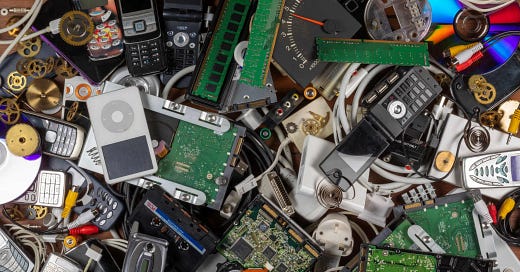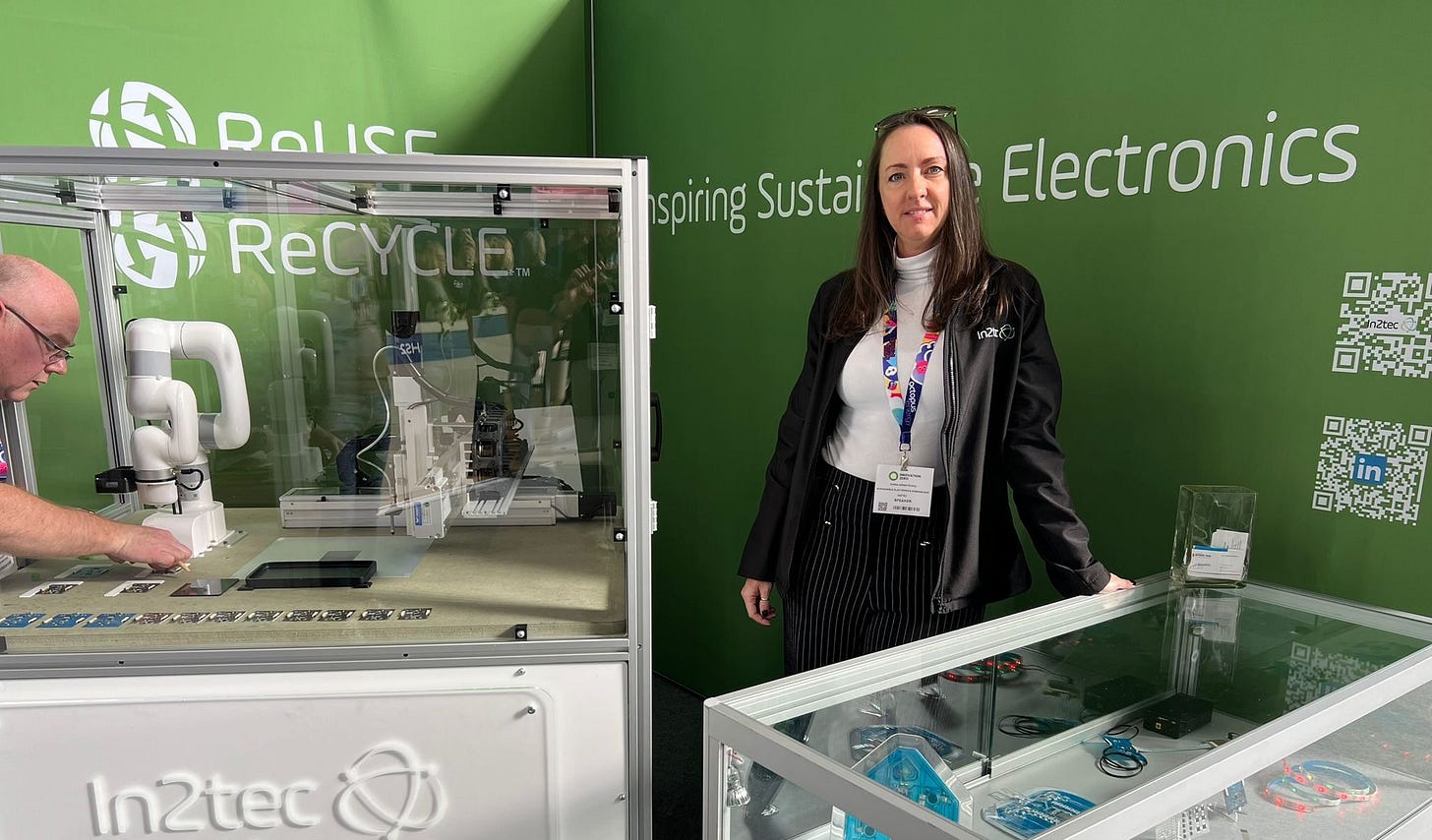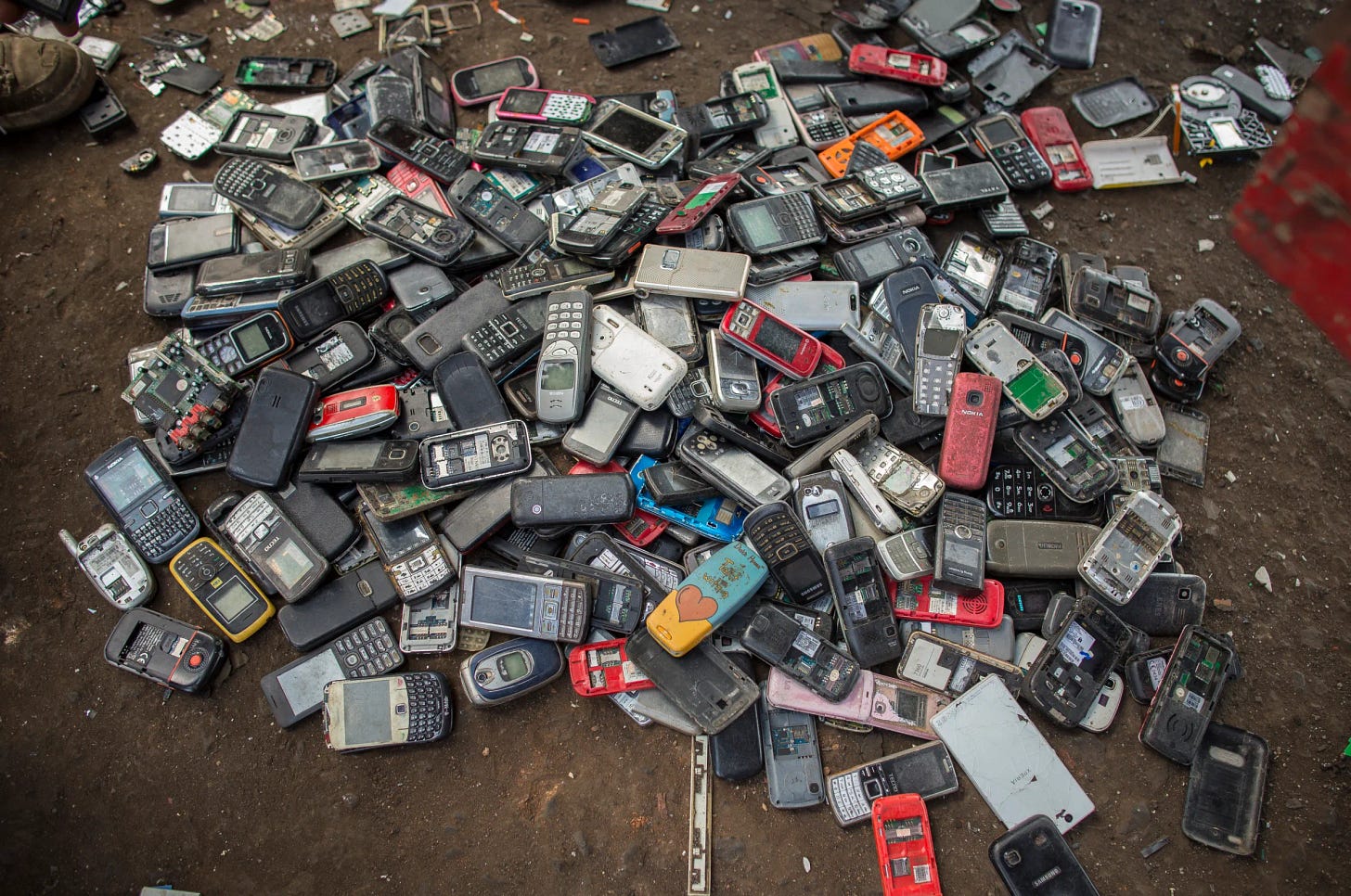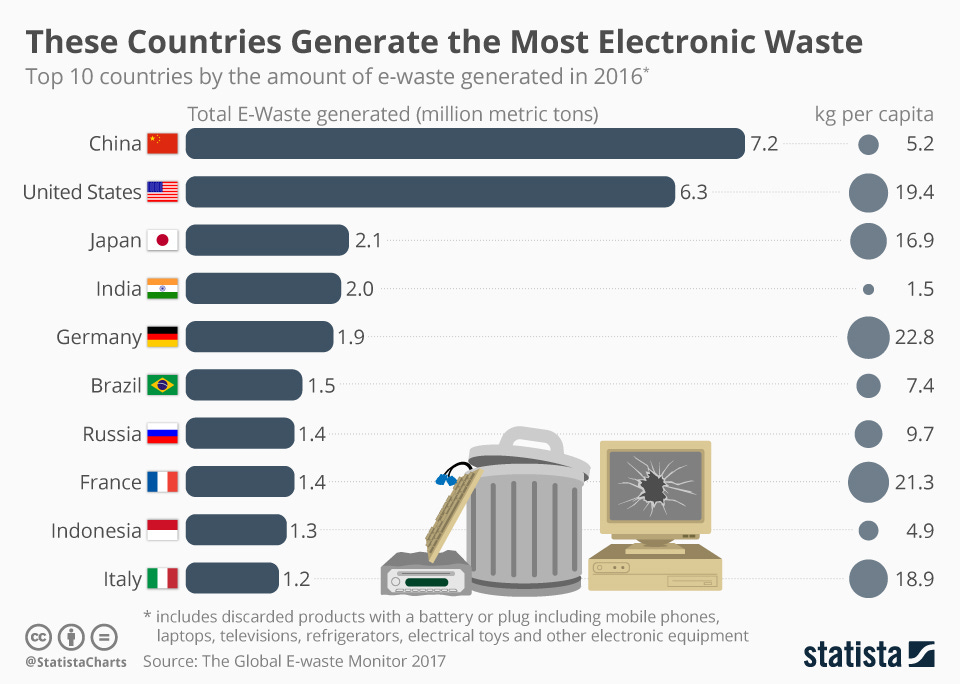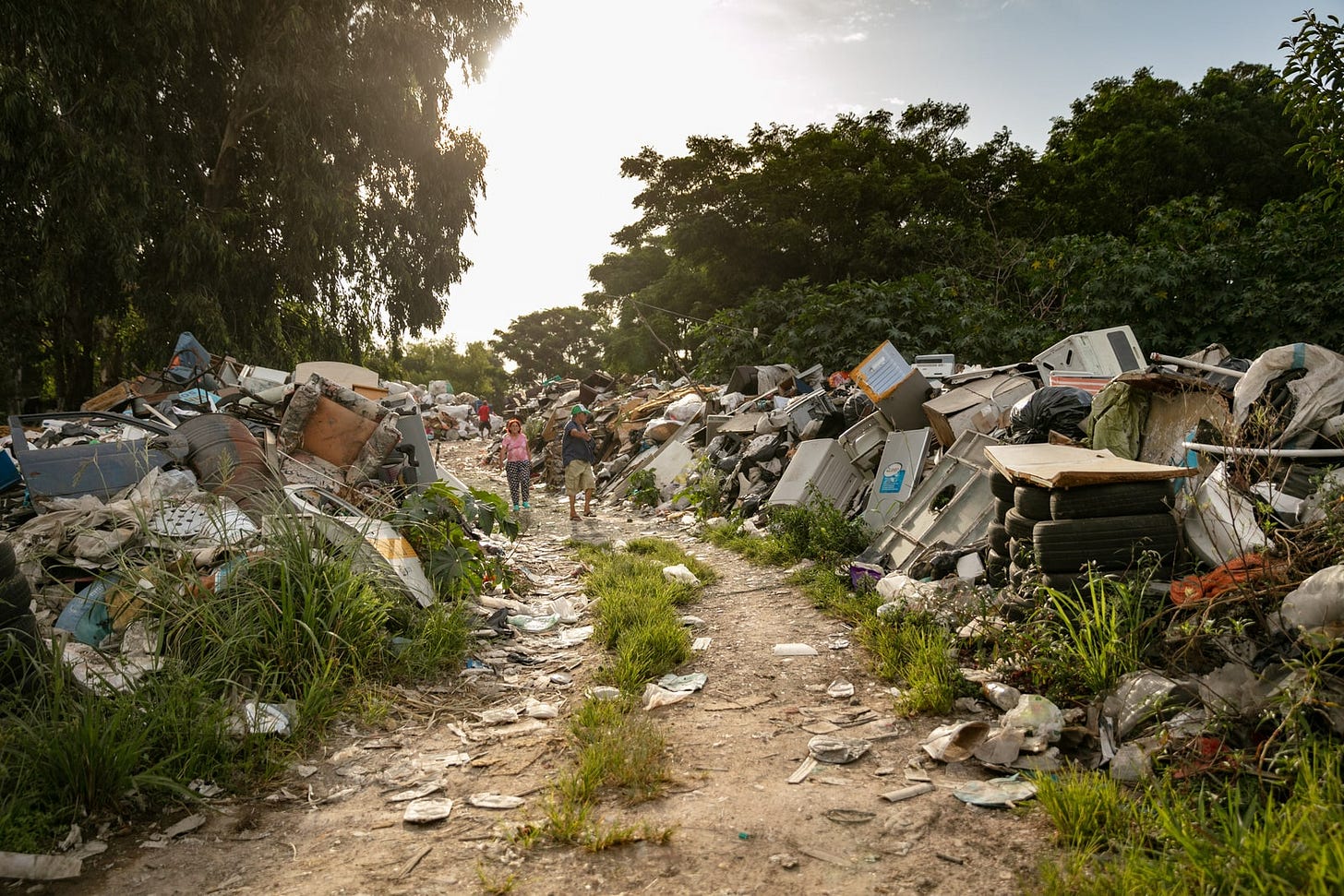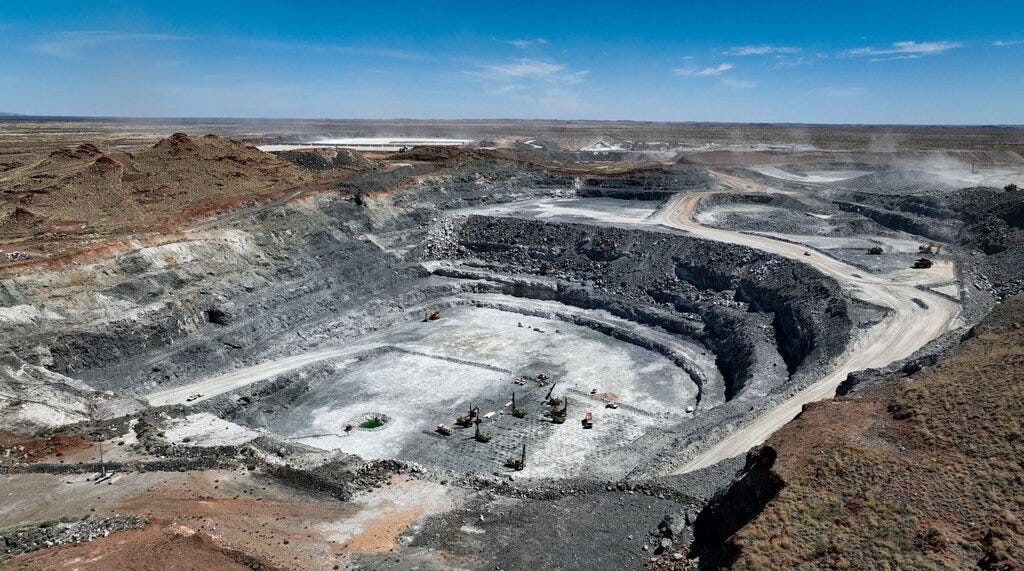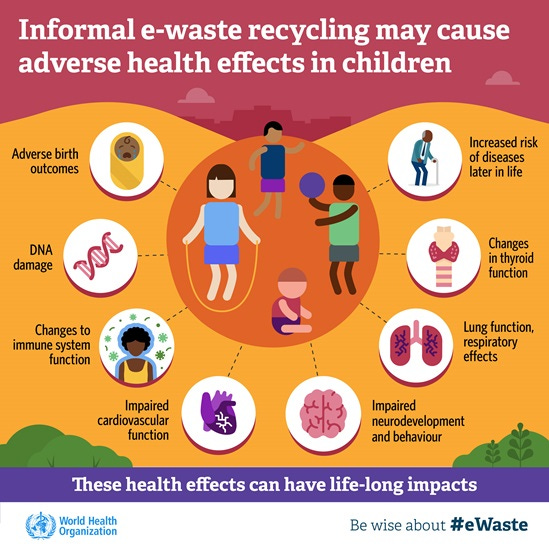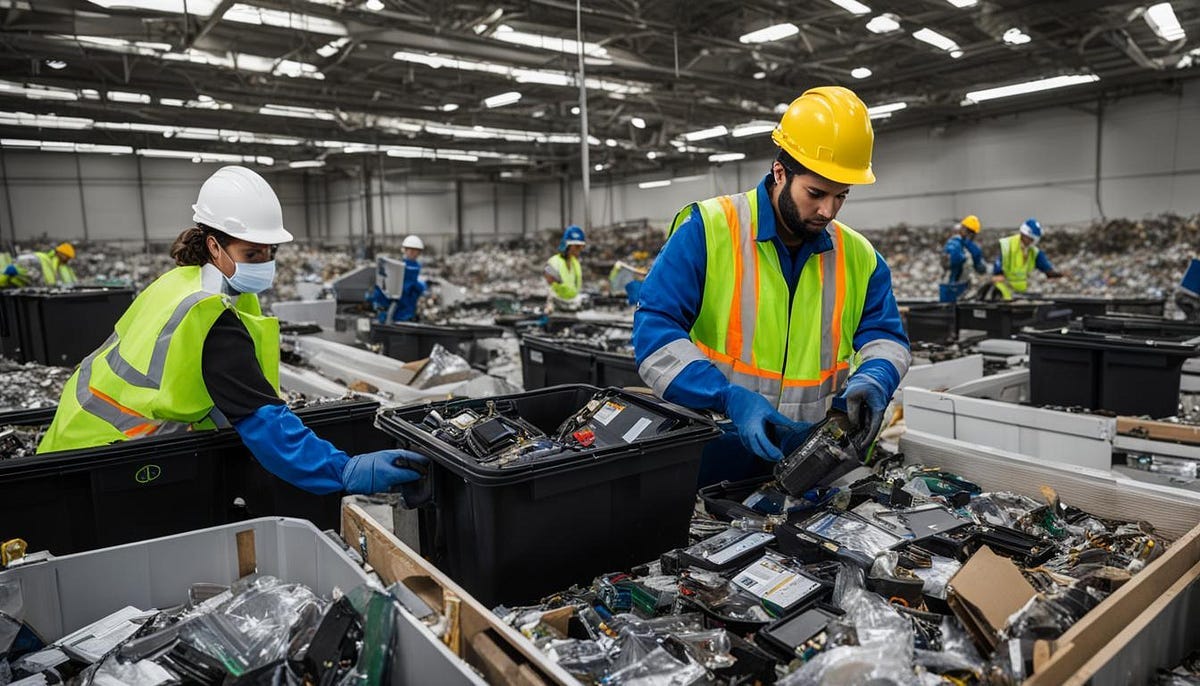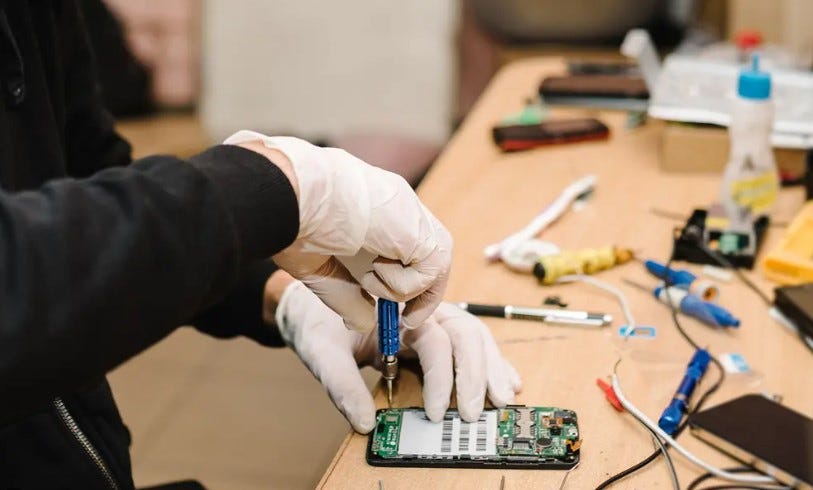Learn About E-Waste with Emma Armstrong
Tackling the E-Waste Crisis: A Call to Action for a Sustainable Future
In today’s tech-obsessed world, it can be easy to forget the environmental toll that our electronics have. From smartphones to televisions, computers, and household appliances, discarded electronics — known as e-waste — have become one of the fastest-growing streams of solid global waste1. This presents a critical challenge for the planet.
Thankfully, individuals and organizations are working tirelessly to combat this issue. One such advocate is Emma Armstrong, a sustainable electronics ambassador dedicated to tackling the e-waste crisis. Through her work with In2tec, a leader in sustainable electronics technologies, Emma is contributing to the push for a truly circular economy, where the life cycle of electronics is maximized through repair, reuse, and recycling. This week, Emma will offer insights into exactly how serious the e-waste issue is, and what can be done to combat it.
What is E-Waste?
E-waste refers to discarded electrical or electronic devices. This includes everything from household appliances like refrigerators and microwaves to personal gadgets like mobile phones, computers, and televisions. Even medical equipment and batteries fall under the e-waste category. These products are often discarded when they break, become obsolete, or when consumers upgrade to newer models2. The magnitude of the problem is staggering.
“Around 63 million metric tons of e-waste is being generated each year around the world, and we are documenting, collecting, and processing just around 22% of that. The rest is scattered around the earth somewhere, on the floor, in landfills, or illegally transported.” - Emma Armstrong
The Global E-Waste Crisis
The issue of e-waste is not confined to one region or country. E-waste is one of the world’s largest and fastest-growing waste streams. It is produced by individuals, businesses, governments, and industries, affecting developed and developing countries alike.
“It is the fastest growing waste stream that we have in the world. A lot of people talk about plastics, but e-waste is of greater concern, and it contains chemicals that are in the top 10 for public health concern.” - Emma Armstrong
Asia, in particular, produces nearly half of the world’s e-waste, with China ranking as the top producer, followed closely by the United States3. This widespread problem has far-reaching consequences that cannot be ignored.
The Harmful Impact of E-Waste
Why is e-waste such a problem? The answer lies in the hazardous substances that electronics contain. Many electronics are built with materials such as lead, mercury, and cadmium — chemicals known to be harmful to both human health and the environment. When e-waste is improperly handled, these chemicals can leach into the soil, water, and air, leading to severe contamination.
“The PCB-based printed circuit board assemblies never break down in landfill, but they do start to leach chemicals into the earth or in the water table, causing very serious illnesses like liver damage and cardiovascular issues.” - Emma Armstrong
Research has shown that people living in areas exposed to e-waste often have higher levels of heavy metals and persistent organic pollutants in their bodies. This is particularly concerning for vulnerable populations such as children and pregnant women, who are especially susceptible to the negative effects of these toxins. Exposure to such chemicals can lead to a range of health issues, from developmental disorders in children to various forms of cancer and neurological damage in adults4.
“There are a lot of children— around 18 million children—that live, play, or go to school near these e-waste dumping sites, and childhood cancers, or later in life developing cancers, are a real concern and a genuine risk when we're polluting water and earth tables.” - Emma Armstrong
Moreover, the production and extraction of the materials used in electronics are highly resource-intensive. The environmental cost of obtaining precious metals, minerals, and other materials for electronics is immense5. These processes contribute to deforestation, pollution, and habitat destruction, making e-waste a significant burden on the planet’s ecosystems.
The Dangers of Improper E-Waste Disposal
Unfortunately, many e-waste items are discarded in harmful ways. Improper disposal practices include dumping in landfills or water bodies, open burning, and acid baths to extract valuable metals. These hazardous methods not only release toxic chemicals into the environment but also put workers at risk of serious health issues. E-waste is often shipped to developing countries where it is handled through unsafe and illegal practices, further exacerbating the problem.
“About 65% of e-waste is illegally transported to undeveloped or developing countries, and that's where a lot of the harm is really caused.” - Emma Armstrong
For example, many developing nations receive e-waste shipments from wealthier countries, where it is processed in poorly regulated settings. In countries like Ghana and Nigeria, informal recycling practices often involve manual disassembly, open-air burning, and acid leaching, which release harmful toxins into the environment and pose serious health risks to local populations6.
The Good News: There’s a Better Way
While the e-waste problem is severe, there is hope. Electronics can be refurbished, reused, or recycled to reduce environmental impacts. Instead of sending old gadgets to landfills or shipping them to countries with lax environmental regulations, we can invest in proper recycling infrastructure that ensures electronics are processed safely and responsibly.
One of the key solutions is to create a more circular economy for electronics — one that prioritizes repair, reuse, and recycling. Companies like In2tec are at the forefront of this movement, developing innovative technologies that allow for more sustainable manufacturing and disposal of electronics. By creating products that can be easily disassembled and recycled, these companies are paving the way for a future where e-waste is minimized, and valuable materials are reused.
“We've developed a closed-loop mechanism, that allows for the manufacture of electronics printed circuit board assemblies that meet exactly the same environmental and functional specifications and conditions as traditional methods, that at the end of their useful life can be fully unzipped to allow the electronic components to be reused in next generation technology.” - Emma Armstrong
Best Practices for E-Waste Recycling
For individuals looking to make a difference, responsible e-waste recycling begins with knowledge. Proper recycling is not just about throwing old devices into a designated e-waste bin; it’s about ensuring that the materials are handled in ways that prevent environmental harm and maximize resource recovery. Here are a few best practices for recycling e-waste:
Don’t Dump in Landfills: Never discard electronics in regular trash bins. E-waste should always be disposed of at certified e-waste recycling centers.
Refurbish and Donate: If your electronics are still functional, consider donating or refurbishing them. Many organizations accept used electronics for repurposing. Just be sure to reset and remove all personal information from electronics before donating.
Use Certified E-Waste Recycling Centers: Look for certified e-waste recycling programs that follow environmentally responsible practices. These centers ensure that electronics are properly dismantled, toxic materials are safely handled, and valuable materials like gold, copper, and plastics are recovered.
Reduce and Reuse: Before purchasing new electronics, consider whether your current device can be repaired or upgraded. Avoid the temptation to dispose of working equipment for the latest model.
Advocate for Change: Support policies and initiatives aimed at improving e-waste recycling infrastructure and encourage manufacturers to design products with sustainability in mind.
The Path Forward
E-waste is a global problem with serious environmental and health implications. But by changing how we handle our discarded electronics, we can move towards a more sustainable future. With people like Emma Armstrong leading the charge and companies like In2tec pioneering circular economy practices, there is hope for a world where electronics are managed in ways that benefit both the planet and its inhabitants.
Through proper recycling, responsible consumption, and technological innovation, we can address the e-waste crisis head-on. It’s time to rethink our relationship with electronics and take action to protect the planet for future generations. After all, every small step counts in the fight against e-waste.
This Week in Sustainability is a weekly email from Brightest (and friends) about sustainability and climate strategy. If you’ve enjoyed this piece, please consider forwarding it to a friend or teammate. If you’re reading it for the first time, we hope you enjoyed it enough to consider subscribing. If we can be helpful to you or your organization’s sustainability journey, please be in touch.

